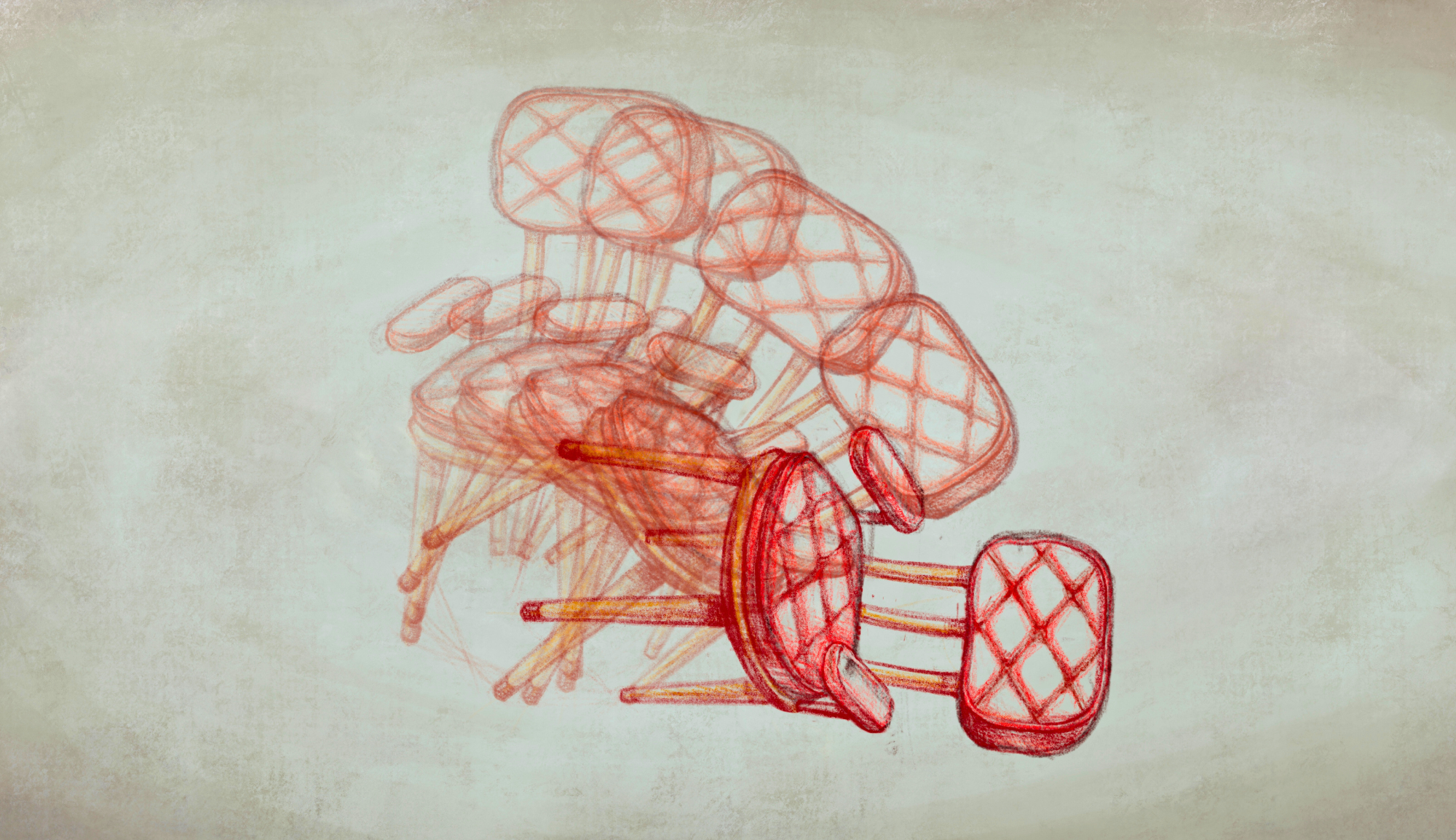One of my favorite professors in graduate school, when teaching students in my PsyD program about interviewing patients, always urged us to remember what she believes to be one of the key questions for every therapist to ask: “Why now?”
Seeking therapy is not easy; people can wait months, years, or decades before finding a therapist for something that troubles them. Understanding what prompts someone to work on themselves at this moment, when they walk into the therapist’s office, is important: What reason that kept them from therapy was no longer convincing? What status quo finally became intolerable?
There is a push-and-pull at play for people between patience and impatience. We decide to make changes in our lives when we become “impatient” in some way—no longer satisfied with what we take for granted as our lot. This unwillingness to accept our unsatisfactory reality can therefore lead us to do the necessary work to improve our lives and even the lives of our loved ones. Impatience with ourselves and our situations can stimulate vital change.
And yet, when we grow too impatient with ourselves, and our desire to grow, change, or heal is too strong, we sometimes get in our own way. Our will to change becomes the obstacle to change. In other words: Sometimes, in pursuit of bettering our mental health, we care too much—and it’s to our own detriment.
The Frenzy to Heal and the Necessity of Neutrality
This paradoxical condition of “caring too much” is what Sigmund Freud, the founding father of psychoanalysis, referred to as“furor sanandi.”
Furor sanandi is Latin for the passion, fury, or frenzy to heal. This issue of the frenzy to heal is in caring too much, or caring in such a way that their neutrality is hindered.
Neutrality is important in therapy because therapy is meant to offer a space contained and safe enough where one can consider their way of looking at their life and the possibility of seeing their life in other ways.
This is true in different ways for the patient and the therapist. While neutrality is more often involved with the therapist’s viewpoint—namely in not judging the patient’s life by the therapist’s personal biases, values, or beliefs—there is a type of neutrality critical for the patient.
The ways we look at ourselves, each other, and the world influence the way we feel and act. Whether one is looking at their cognitive schema, biases, or judgments of themselves or others, the therapeutic environment is one in which remove and intimacy are in constant play. If the patient remains too much in the observer role, watching their own reactions and understanding their own emotions, it can be difficult to make changes within an emotion—to work through, process, and adjust one’s emotional reaction. On the other hand, if one stays too much in the feeling-emotions role, it can be hard to understand what one is experiencing—to consider how one’s reactions can be different. In the world of dialectical-behavioral therapy (or DBT), these frames are referred to as rational mind and emotional mind, respectively.
While it has lost some momentum as a contemporary term, furor sanandi offers a particularly potent term for the dangers of one side of this dilemma.
The History of Caring Too Much in Therapy
The issue of caring too much starts early. It is most famous in the field of clinical psychology for its place in a spat between Freud and his close associate and frenemy Sándor Ferenczi, the Hungarian psychoanalyst. Freud accused Ferenczi of furor sanandi, of being too intimately attached to helping his patients. Freud had no such concerns about himself.
In a letter to Ferenczi on January 10, 1910, Freud wrote, “This need to help is lacking in me, and I now see why, because I did not lose anyone whom I loved in my early years.”
Later, in the “Postscript to The Question of Lay Analysis,” he wrote: “I have no knowledge of having had any craving in my early childhood to help suffering humanity. My innate sadistic disposition was not a very strong one, so that I had no need to develop this one of its derivatives.”
Freud and Ferenczi both lost siblings when they were young; Ferenczi saw this as important to his development, but Freud didn’t.
Freud and Ferenczi were close but reached a split before Ferenczi’s death, due in large part to Ferenczi’s belief that childhood sexual trauma played a large impact on the development of psychopathology. Ferenczi was written out of the history of the field for some time but has received renewed attention in recent years, given the field’s growing focus on trauma and relationality.
While this debate between Freud and Ferenczi may not tell us how to feel, it offers a glance at how the matter of how much one should care mattered to these early thinkers and practitioners of therapy.
Caring and Countertransference
In the therapeutic relationship, transference refers to feelings that a patient has about their therapist, and countertransference refers to feelings that a therapist has about their patient. These terms are important, as the relationship between the therapist and patient is pivotal to a successful therapy, independent of the modality of therapy in which one is working. Some modalities of therapy, such as psychodynamic and relational schools, devote more attention to the intricate emotional dynamics that occur between patient and therapist, but all draw on the relationship, to some degree.
Caring too much is a countertransferential reaction—or a feeling that the therapist has about their client. This kind of reaction tells the therapist something about the therapeutic relationship or about their own personality. Perhaps a therapist cares too much because this patient reminds them of their own family member, or themselves. Conversely, perhaps the therapist feels detached, and cares too little, because this patient reminds them of something or someone uncomfortable, a dynamic the therapist would rather not engage with.
But its relevance is not only reserved for the therapist. This is a question we can all ask when we feel the urge to fix someone who isn’t our patient: What is it about this person, or this dynamic, or about you, that makes you so badly wish to help them? It can also be a transferential reaction—or a feeling that a patient has towards their therapist, such as when a patient’s desire to heal or grow is so strong that they push themselves beyond their capacity.
Furor sanandi is a somewhat opaque and value-neutral dynamic, as one does, in fact, need to “care too much” to do a silly thing like becoming a therapist or doctor in the first place. Perhaps like Freud, this is a dynamic one accuses others of, but is never at fault for. But as anyone who has tried to fix a partner, best friend, or parent can report, the passion for healing others can get in the way of healing.
This is important for teachers to consider as well in their work with individuals. We all bring a web of memory, association, and complex feelings to our interactions with each other. Caring too much, or too little, is not necessarily an issue, and it can lead to deep healing—but only if one is aware of their reaction, and of what they are bringing to the interpersonal encounter. One can’t manage this on their own; professional therapists, when experiencing a particularly intense reaction to a patient, will often turn to a supervisor to work through what they are experiencing. Teachers, rabbis, and healers of any sort would benefit from doing this, too.
Healing Patiently
Many of our cinematic portrayals of therapy emphasize impatience with the traditional boundaries of therapy. Think of Jason Segel’s recent show Shrinking, in which a therapist working through their own grief breaks every professional boundary to “help” his patients, instead of working through his own feelings.
The frenzy to heal can lead a therapist to over-identify with a client, or to push the client to make change more rapidly than they are able. It can lead a therapist to overstep, seek easily discernible signs of change over deeper dynamics, and impose their own views on the process instead of working collaboratively and meeting the client where they are.
Being patient with our own healing can be one of the most difficult things in the world. Patience can feel like inaction, laziness, and complacency, but it need not be any of these.
Patience can be active; we can choose to be patient with seeing the results of our decisions, to allow ourselves the grace to move slowly towards where we want to get to. Caring too much reflects our desire to better our lives and our commitment to ensure we get there. But with all its impatient idealism, it can bolster the very problem we seek to resolve.
As Ram Dass said, we are all walking each other home. Let’s not walk too quickly.








